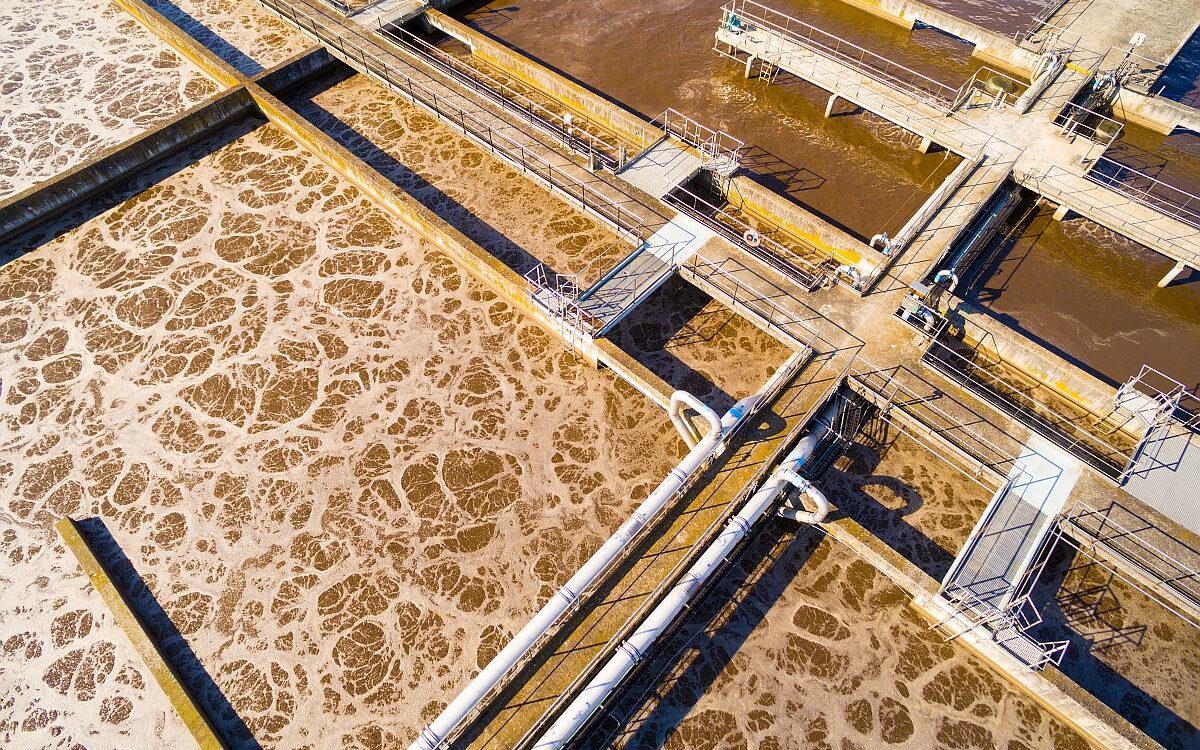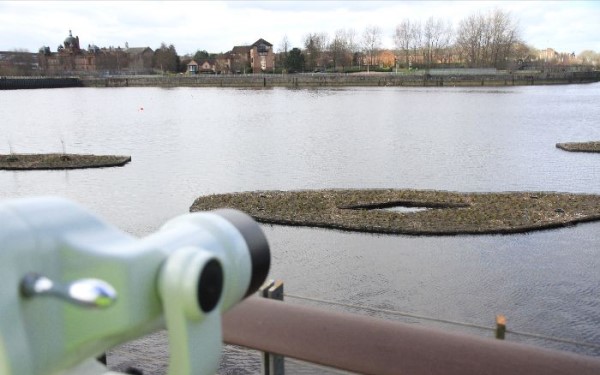Flooding becomes more and more challenging for the emergency services. It would be a big help if storms and their impact could be predicted more accurately. By using the forecast tool, emergency services are enabled to use their means more efficiently. Damages from flooding can be avoided or at least be reduced. The model uses among other things real time radar images to analyze rain clouds, completed with real time data from pluviometers and water level sensors. The sewers are mapped and sensors in the sewers measure in real time how much water can easily flow away through the sewers.
In a first phase, the model was built for a test area for the Antwerp municipalities Ekeren/Merksem. The water nuisance and the flooding that these municipalities had to face in the past, made this area an ideal test area. Very heavy rain showers that distressed these municipalities in June 2019 were very well predicted thanks to Flood4Cast.
In this project, VITO and the engineering company Hydroscan were responsible for the hydrologic expertise, this included the set-up of the calculation instrument, data interpretation with the addition of a limited sensor measurement network (precipitation and water levels) and advice was given about the way the results can be visualized.
Further information here.
FLOOD4CAST helps emergency services to anticipate flooding
Kategorie: Products & Solutions
Autor: Jonas Völker
Das könnte Sie auch interessieren:
Passende Firmen zum Thema:
Publikationen
Sie möchten die gwf Wasser + Abwasser testen
Bestellen Sie Ihr kostenloses Probeheft
Überzeugen Sie sich selbst: Gerne senden wir Ihnen die gwf Wasser + Abwasser kostenlos und unverbindlich zur Probe!




